Hydrostatic Level Gauges
Hydrostatic level cells (HLC) are used for monitoring settlement or heave in structures. Datasheet
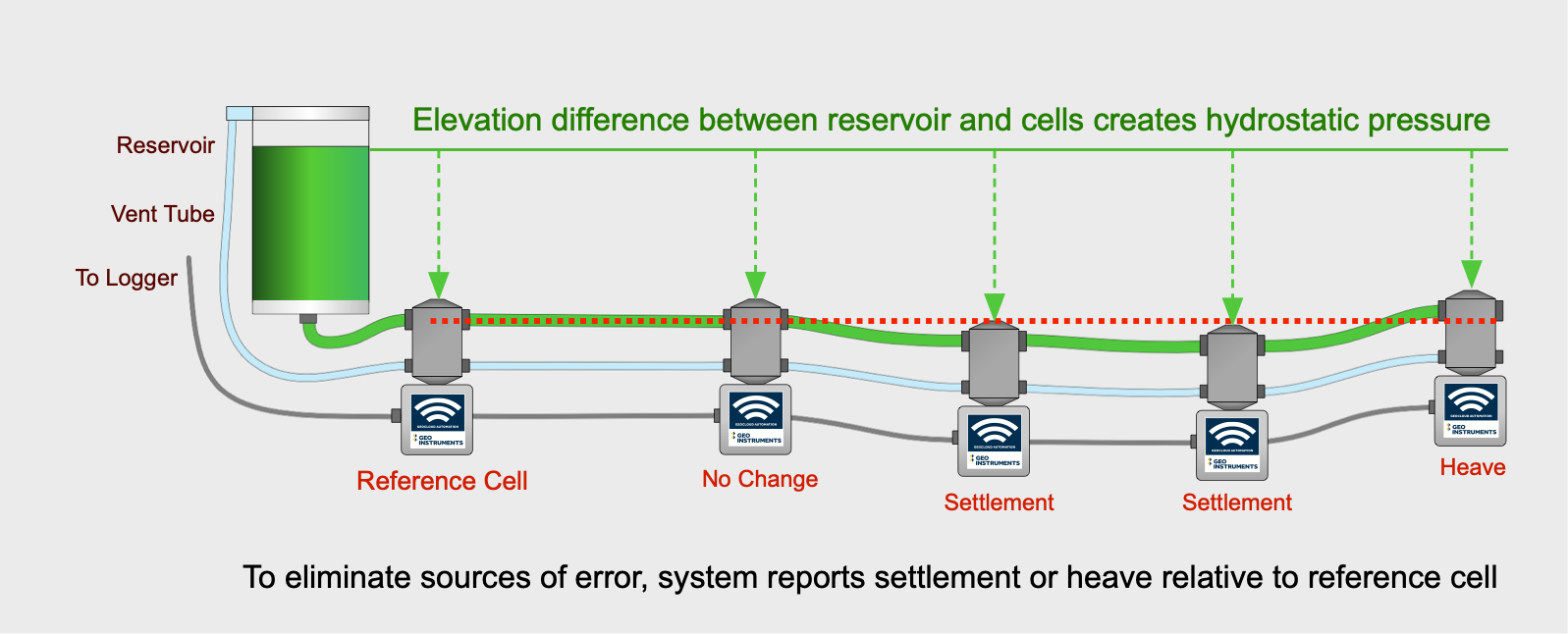
Applications
Typical applications include:
- Monitoring differential settlements in structures affected by nearby excavation and tunneling.
- Controlling critical activities such as compensation grouting.
Installation
System components include a reservoir, hydrostatic level cells, tubing, deaired liquid, and a datalogger.
One of the cells is deployed as the reference cell and is placed outside the zone of influence. The other cells are placed on the structure.
The reservoir is usually located near the reference cell. It must be placed at a higher elevation than any of the cells in the system to create the hydrostatic head. Tubing for liquid and atmosphere is connected to each cell and signal cable is routed to the data logger. Then the hydraulic circuits are filled with deaired liquid.
Operation
The difference in elevation between the reservoir and each cell creates hydrostatic pressure, and the sensor within each cell measures this pressure. Pressure readings are converted to inches or mm of settlement or heave when measurements are processed.
Settlement of the structure increases the difference in elevation between the reservoir, which is on stable ground, and the cell, which is sinking with the structure. The cell then reports increased pressure. If the structure heaves, the elevation difference decreases and the cell reports decreased pressure.
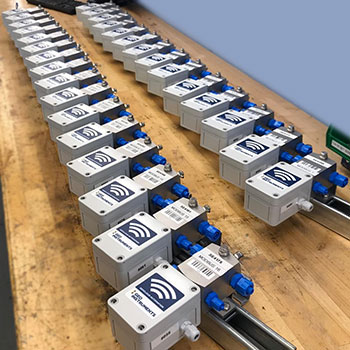
Advantages
High Resolution: The system detects settlement or heave as small 0.0008 inch ( 0.024 mm).
Reliable: Use of a reference cell eliminates error due to reservoir maintenance.
Compatible: The hydrostatic level system is fully compatible with GeoCloud automation services. Measurements are transferred to GeoCloud servers, processed, checked for alarms, and then made available in planviews, plots, and reports on the project website.
System Specifications
Sensor: Capacitive sensor, 4-20mA output.
Range: 8 to 20 inches (200 to 500 mm).
Resolution: 0.0008 inch ( 0.024 mm).
Linearity: 0.008 inch (0.2 mm).
Stability: 0.008 inch/a (0.2 mm/a).
Temp Rating: -20 to +80 °C.
Cell Size: HxWxD: 6.7 x 2.6 x 2.2 inch ( 170 x 65 x 55 mm).
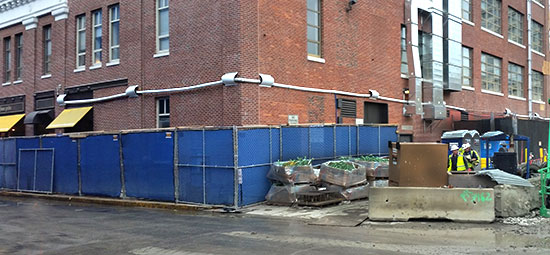
Hydrostatic level cells installed on exterior of building
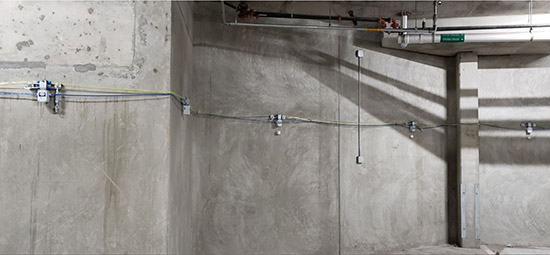
Hydrostatic level cells installed on interior of building
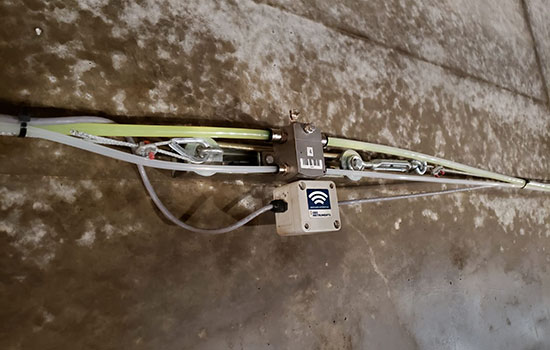
Hydrostatic level cell with tubing and cables
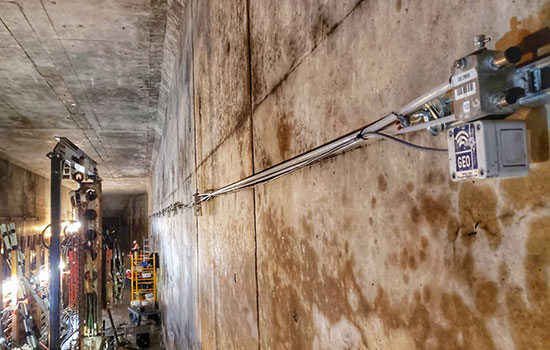
Array of cells installed on wall
